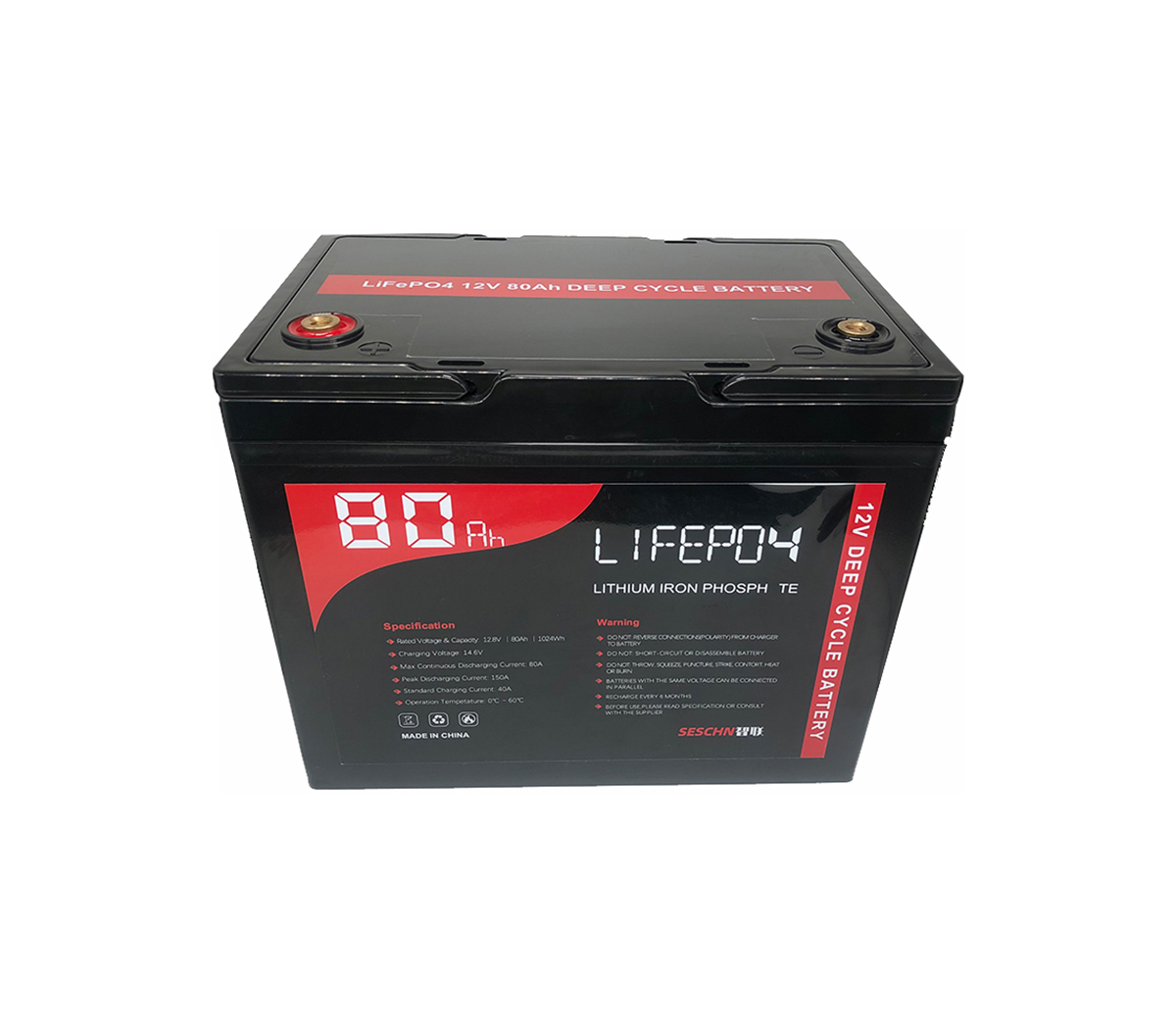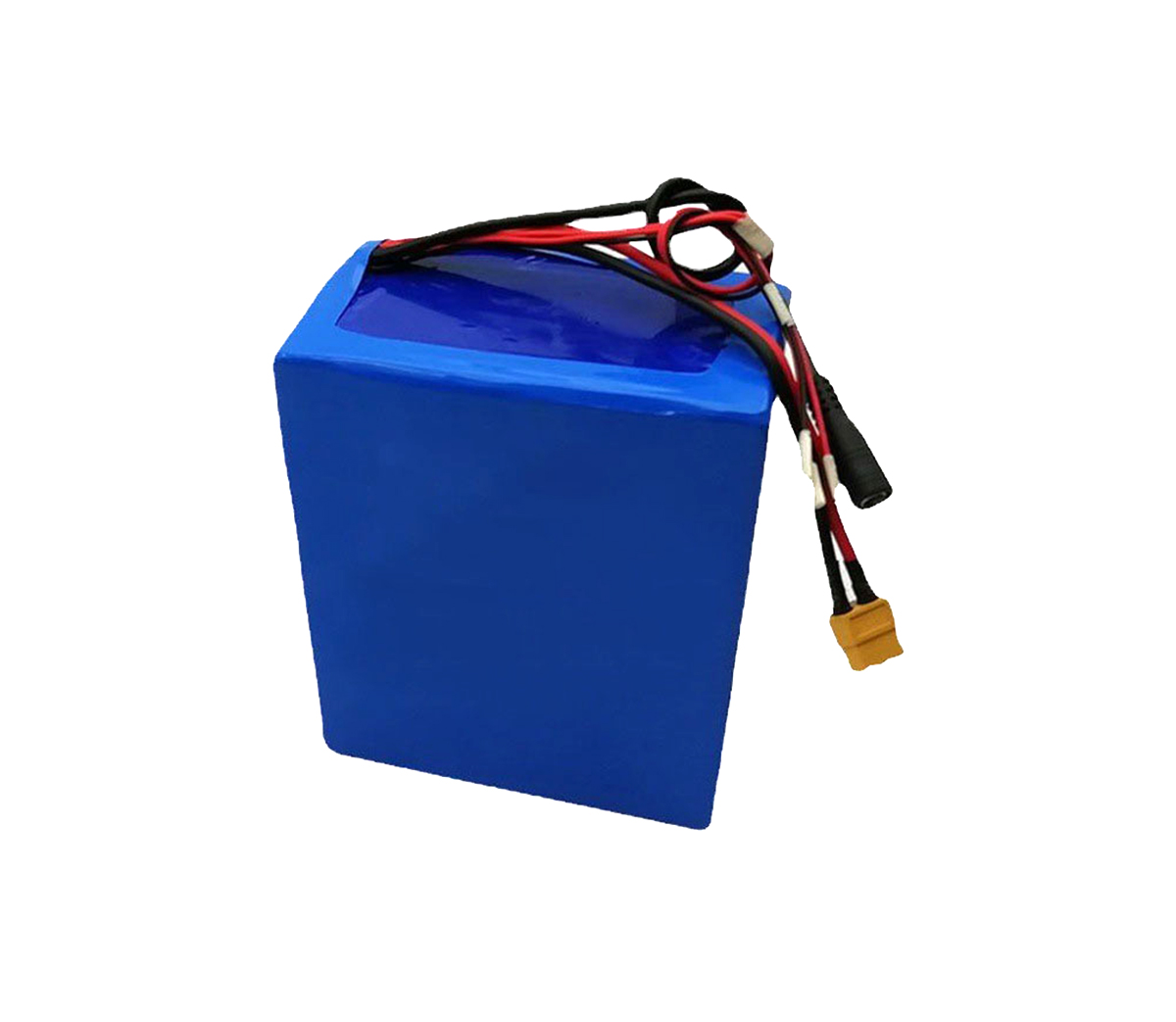
The pursuit of zero-carbon emission vehicles in advanced countries around
the world has become increasingly fierce, and the demand for new energy vehicle
specifications has become increasingly clear. However, the current sluggish
development of lithium battery technology has restricted the cruising range and
safety, making the upgrade of new energy vehicles slow. The national standard
(specific energy 300Wh/kg@2020) is approaching, and the specific energy of
liquid lithium batteries is limited by inherent safety issues (260Wh/kg has
proven uncontrollable safety) and is unable to climb, let alone 350Wh/kg in
2025. Long-term goals are hard to come by. The shocking battery fire accidents
of new energy vehicles have happened again and again recently, forcing the
various tigers of BMW, Toyota and other international car manufacturers to
start. A piece of paradise "solid-state batteries" is strategically bundled.
However, various industry leaders have invested in solid-state batteries
for about 20 years, but they are still in a state of chaos. The battery
factories believe in different electrolyte systems, and there is no trend of
technology flow or integration. Some of them are successful. Some people
continue to postpone the development of roadmaps, and those who leave the market
sadly after throwing hundreds of millions of dollars are even heard. In terms of
performance and mass production, there are inherent advantages and disadvantages
that are irreversible with modern technology. We divide electrolytes into six
categories according to the manufacturing process and chemical system: oxides,
sulfides, cyanides, halides, films, and polymers. Four major technical routes
illustrate its current development status:
Solid Polymer
Thanks to the mature development of liquid polymers, the mass production
capacity of solid polymer batteries is not far from that of liquid polymers, but
there are poor stability leading to poor electrical reliability, plus ionic
conductivity at room temperature. Poor, the battery performance is therefore
greatly compromised, and even produces a situation where it is difficult to
operate below 10-4S/cm.
Earlier, the French Bolloré Group used BatScap batteries for urban
car-hailing, but it must continue to heat the electric vehicle battery to above
60°C to maintain the internal conductivity of the battery. The German component
giant Bosch Bosch Group also had to announce its abandonment of its investment
in Seeo at the beginning of 2018; the solid polymer electrolyte manufacturer
IonicMaterials has received the most investment from Samsung SDI, Dyson,
Wanxiang and other groups. Perhaps There are samples available in recent
years.
oxide film
The thickness of thin film batteries can reach the micron level and was
once regarded as the best solution for the medical and wearable markets.
However, it is similar to the semiconductor sputtering production process, the
equipment cost is high, the environmental requirements are extremely high, and
the yield rate is low, so mass production is not easy And the cost is very
high.
The American IPS made all solid-state thin-film batteries in 2008, and was
acquired by Apple in 2014, but no product has been released so far. In addition,
Dyson Group’s investment in Sakti3 was the most prosperous news in the
solid-state battery market in 2015, but in 2017 Announcing the abandonment of
all Sakti3 patents and turning to investing in solid polymer plants to seek
rapid entry into the market. In this view, the mass production and
commercialization of thin-film batteries remains to be seen.
Sulfide
Although the conductivity is good, the stability is not good, but it is the
biggest shortcoming, and the stability that affects oxidation and reduction is
also low, the process is complicated, and it is far from the lithium battery
process, so the sulfide system has extremely high resources.
Toyota, SamsungSDI and CATL have all invested in the development of this
system. Toyota expects that the sulfide solid-state battery developed by it will
be put into commercial use in 2022; the Korean battery manufacturer SDI has
spent more than ten years of research on the sulfide technology route and
switched to this system at the beginning of this year. The solid polymer route
and the sulfide route can only be proved by time.
oxide
Oxide has the highest stability and can be produced with relatively
low-cost process equipment and factory facilities under normal atmospheric
conditions.
Sony, Ohara and Huineng Technology are the representatives of this
technical route. Among them, Huineng Technology is the first to overcome the
poor conductivity of oxides, which is the first to overcome the poor
conductivity of oxides. When the oxide metal is stacked, it is brittle and will
break when bent. It has successfully achieved the commercialization of
solid-state batteries with "12-minute fast charging" and "dynamic bending", and
has been applied to HTC, SoftBank and other brand products. At present, it has
jointly deployed solid-state power with several car manufacturers in China,
Europe, and Japan. The battery market.



































